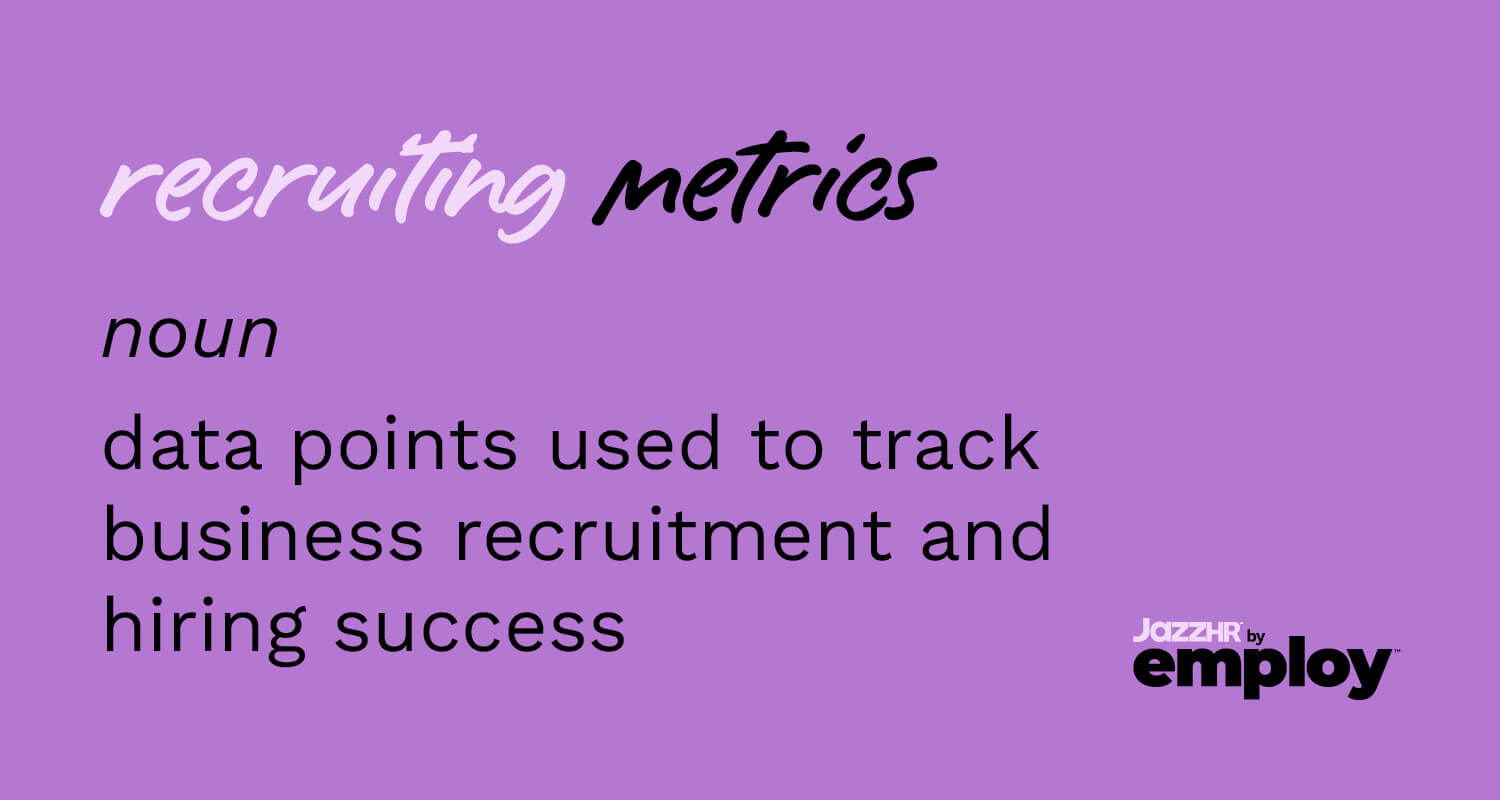Read Time30 Second
Improving each stage of the recruiting lifecycle, including candidate sourcing, engagement, and conversion, is critical for small- and medium-sized businesses (SMBs) like yours to grow.
Before you adjust your recruiting strategy, identify key data related to your short- and long-term hiring efforts that matter most to your growing business. Even in a smaller company, having the people, processes, and technology to monitor these recruitment and hiring metrics is essential.
Let’s review the basics of recruiting metrics, tips for collecting data, and useful recruiting benchmarks to track and explore.
What are Recruiting Metrics?

Recruiting metrics are data points used
Read Complete Article
